Home>Furniture & Design>Interior Design Trends>How To Open Glass Vials
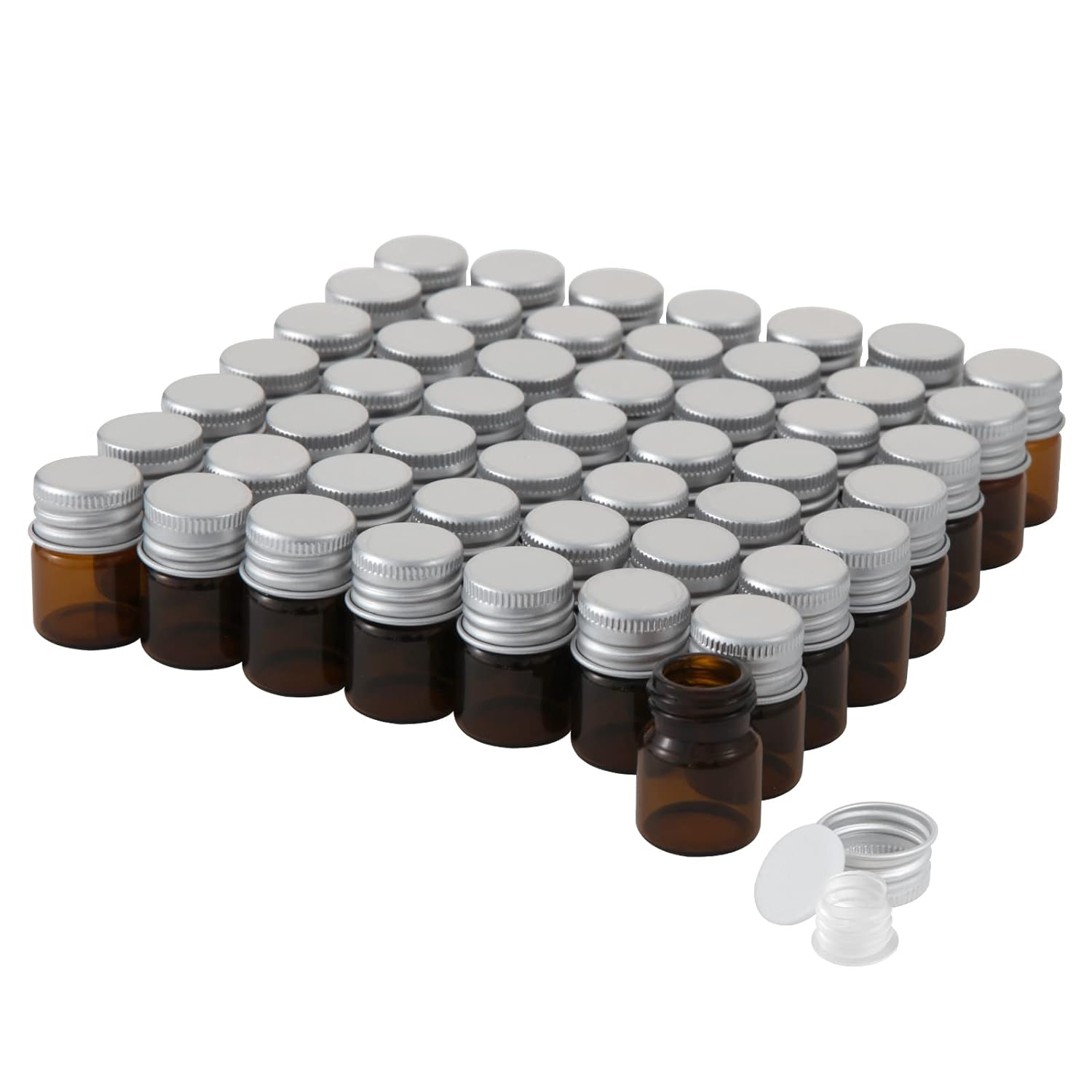

Interior Design Trends
How To Open Glass Vials
Published: February 7, 2024
Learn how to open glass vials effortlessly with our expert tips. Stay updated on the latest interior design trends and elevate your space. Discover more today!
(Many of the links in this article redirect to a specific reviewed product. Your purchase of these products through affiliate links helps to generate commission for Storables.com, at no extra cost. Learn more)
Introduction
Opening glass vials can be a delicate and sometimes daunting task, especially when dealing with fragile or tightly sealed containers. Whether you are working in a laboratory, a pharmacy, or simply trying to access the contents of a vial at home, it's essential to approach this process with caution and precision. By following the right steps and using the appropriate tools, you can safely and effectively open glass vials without risking breakage or injury.
In this comprehensive guide, we will walk you through the step-by-step process of opening glass vials, providing valuable insights and tips to ensure a successful outcome. From preparing the work area to utilizing specialized tools and techniques, we will cover everything you need to know to handle this task with confidence and proficiency.
As we delve into the intricacies of opening glass vials, it's important to emphasize the significance of safety measures and meticulous attention to detail. Glass vials are commonly used to store sensitive substances, including medications, chemicals, and biological samples, making it imperative to handle them with care and precision. By adhering to the guidelines outlined in this guide, you can minimize the risk of accidents and ensure the integrity of the vial and its contents.
Whether you are a seasoned professional or a novice in the realm of vial handling, this guide is designed to equip you with the knowledge and expertise needed to navigate this process effectively. By understanding the nuances of vial opening and implementing the recommended practices, you can streamline the task and mitigate potential challenges, ultimately achieving a seamless and successful outcome.
With a focus on safety, precision, and practicality, this guide aims to empower individuals with the skills and insights necessary to open glass vials confidently and competently. So, let's embark on this journey together and unravel the art of opening glass vials with finesse and proficiency.
Key Takeaways:
- Safety First!
When opening glass vials, prioritize safety by wearing protective gear, ensuring a stable work surface, and being prepared for emergencies. This helps minimize risks and ensures a secure vial-opening experience. - Tools and Techniques Matter
Using specialized tools like vial openers and small screwdrivers, and employing heat sources when needed, can help open glass vials with precision and care. Proper storage of vial contents is crucial for maintaining their integrity and usability.
Read more: How To Open A Glass Bottle Without Opener
Safety Precautions
When it comes to handling glass vials, prioritizing safety is paramount. These delicate containers require careful attention and adherence to specific precautions to minimize the risk of accidents and ensure the well-being of individuals involved in the vial-opening process. By implementing the following safety measures, you can create a secure environment and mitigate potential hazards associated with handling glass vials.
-
Protective Gear: Before initiating the vial-opening procedure, it is crucial to don appropriate protective gear, including safety goggles and gloves. These items serve as a barrier against potential splinters, spills, or breakage, safeguarding your eyes and hands from harm.
-
Stable Work Surface: Ensure that the work surface is stable and free from clutter. A level and secure platform provide a conducive environment for opening glass vials, reducing the likelihood of accidental spills or mishandling.
-
Proper Ventilation: If the vial contains volatile or potentially hazardous substances, ensure adequate ventilation in the workspace. This precaution helps disperse fumes and maintains a safe breathing environment, particularly when dealing with chemicals or noxious compounds.
-
Handling Fragile Vials: Exercise caution when working with fragile or thin-walled vials. These containers are more susceptible to breakage, requiring gentle handling and precise techniques to prevent accidental damage.
-
Avoiding Direct Contact: Refrain from direct skin contact with the vial's contents, especially if they are potentially harmful or reactive. Utilize appropriate tools and equipment to manipulate the vial, minimizing the risk of exposure to hazardous substances.
-
Emergency Response Preparedness: Familiarize yourself with the location of emergency response equipment, such as spill kits or eyewash stations, in case of accidental spills or exposure. Being prepared to address unforeseen incidents is essential for maintaining a safe and responsive workspace.
By conscientiously observing these safety precautions, you can create a secure and controlled environment for opening glass vials, mitigating potential risks and fostering a culture of responsible vial handling. Prioritizing safety not only safeguards individuals involved in the process but also contributes to the preservation of the vial's contents and integrity, ensuring a smooth and secure vial-opening experience.
Tools and Materials Needed
To embark on the journey of opening glass vials with confidence and precision, it is essential to gather the requisite tools and materials that facilitate a seamless vial-opening process. Equipping yourself with the right instruments ensures that you can handle the delicate nature of glass vials effectively while maintaining safety and precision throughout the task.
Essential Tools:
-
Vial Opener: A specialized vial opener is a fundamental tool for safely prying open the sealed cap of a glass vial. This device is designed to exert controlled pressure on the vial's closure, facilitating its removal without causing damage to the vial or its contents.
-
Small Screwdriver: A small, flat-head screwdriver serves as a versatile tool for opening glass vials, particularly those with stubborn or tightly sealed caps. The slim profile of the screwdriver allows for precise maneuvering, enabling you to gently pry open the vial's closure without exerting excessive force.
-
Heat Source: Depending on the type of vial and its contents, a heat source such as a Bunsen burner or a heat gun may be required to soften the vial's seal. This is particularly useful for vials sealed with wax or other heat-sensitive materials, allowing for easier access to the contents without compromising the integrity of the vial.
Additional Materials:
-
Safety Gloves: High-quality, chemical-resistant gloves provide essential protection for your hands during the vial-opening process. Opt for gloves that offer dexterity and tactile sensitivity while effectively shielding your skin from potential exposure to hazardous substances.
-
Safety Goggles: Durable safety goggles or protective eyewear are indispensable for safeguarding your eyes from splinters, spills, or airborne particles that may be released during the vial-opening procedure. Prioritize goggles with a snug fit and adequate coverage to ensure comprehensive eye protection.
-
Clean Cloth or Tissue: A clean cloth or tissue can be used to wipe the vial and its surrounding area, ensuring that the exterior of the vial is free from contaminants before and after the opening process. This simple yet crucial material helps maintain the cleanliness and integrity of the vial's exterior surface.
By assembling these essential tools and materials, you can establish a well-equipped vial-opening workspace, setting the stage for a safe, efficient, and successful vial-opening endeavor. Each item plays a pivotal role in ensuring that the vial-opening process is conducted with precision, care, and adherence to safety protocols, ultimately contributing to a seamless and controlled handling of glass vials.
Read more: How To Store Blood In A Vial
Step 1: Prepare the Work Area
Before embarking on the delicate task of opening glass vials, it is imperative to meticulously prepare the work area to create an environment conducive to safe and efficient vial handling. This initial step sets the foundation for a controlled and organized workspace, ensuring that the vial-opening process unfolds seamlessly and without compromising safety or precision.
Clear the Workspace
Begin by clearing the designated work area of any unnecessary clutter or obstructions. A clean and uncluttered surface provides the necessary space and maneuverability to handle glass vials with care and attention to detail. Remove any extraneous items and ensure that the workspace is devoid of potential hazards or impediments that could hinder the vial-opening process.
Secure a Stable Surface
Select a stable and level surface to serve as the foundation for the vial-opening endeavor. A sturdy workbench or tabletop provides the requisite stability for manipulating glass vials, minimizing the risk of accidental spills or disruptions during the vial-opening procedure. Confirm that the chosen surface is robust and capable of supporting the vial-handling activities without compromise.
Organize Essential Tools and Materials
Gather the essential tools and materials required for opening glass vials and arrange them within easy reach of the work area. This includes the vial opener, small screwdriver, heat source (if necessary), safety gloves, safety goggles, and a clean cloth or tissue. Organizing these items in close proximity streamlines the vial-opening process, allowing for seamless access to the required tools and materials as the procedure unfolds.
Read more: How To Open Glass Ampule
Establish Adequate Lighting
Ensure that the work area is well-lit to facilitate clear visibility and precision during the vial-opening process. Adequate lighting is essential for discerning fine details and ensuring accurate manipulation of the vial and its closure. Positioning a task light or working in a well-lit environment enhances the clarity and accuracy of the vial-handling activities, contributing to a controlled and effective vial-opening experience.
By diligently preparing the work area in accordance with these guidelines, you can establish a secure and organized environment for opening glass vials. This foundational step sets the stage for a methodical and controlled vial-handling process, laying the groundwork for subsequent stages of the vial-opening endeavor. With the work area primed and optimized for safety and efficiency, you are poised to proceed with confidence and precision as you navigate the intricacies of opening glass vials.
Step 2: Inspect the Vial
Upon preparing the work area, the next crucial step in the process of opening a glass vial is to meticulously inspect the vial itself. This step is essential for assessing the condition of the vial, identifying any potential vulnerabilities or irregularities, and gaining insight into the type of closure mechanism employed. By conducting a thorough inspection, you can gather valuable information that will inform your approach to opening the vial, ensuring that the procedure is executed with precision and care.
Visual Examination
Commence the inspection by visually examining the exterior of the vial. Look for any signs of damage, such as cracks, chips, or imperfections in the glass. It is imperative to handle vials with structural integrity to minimize the risk of breakage during the opening process. Additionally, check for any visible contaminants or foreign particles adhering to the vial's surface, as these may compromise the cleanliness and integrity of the contents.
Closure Assessment
Carefully scrutinize the type of closure mechanism employed by the vial. Whether it features a screw cap, crimp seal, or other sealing method, understanding the nature of the closure is crucial for determining the most appropriate approach to opening the vial. Take note of any seals, gaskets, or protective layers that may be present, as these components will factor into the subsequent steps of the vial-opening process.
Read more: How To Open Glass Ampoules
Content Observation
If the vial contains visible contents, observe them closely to ascertain their condition and consistency. Note any discoloration, sedimentation, or unusual characteristics that may indicate degradation or contamination. This visual assessment provides valuable insights into the state of the vial's contents, guiding your handling of the vial and influencing decisions regarding the subsequent storage or disposal of its contents.
Documentation and Record-Keeping
Maintain a record of the vial's inspection, documenting any observations, anomalies, or noteworthy findings. This documentation serves as a reference point for future handling of the vial and its contents, enabling you to track changes, monitor stability, and facilitate informed decision-making regarding the vial's utilization or storage.
By diligently inspecting the vial and documenting your observations, you lay the groundwork for a methodical and informed approach to opening the glass vial. This meticulous examination equips you with the knowledge and insights necessary to proceed with the subsequent steps of the vial-opening process, ensuring that each action is guided by a comprehensive understanding of the vial's condition and contents.
Step 3: Use a Vial Opener
When it comes to opening glass vials with precision and care, utilizing a vial opener is a fundamental step in the vial-handling process. A vial opener is a specialized tool designed to exert controlled pressure on the vial's closure, facilitating its safe and efficient removal without compromising the integrity of the vial or its contents. This essential instrument is engineered to navigate the delicate nature of glass vials, providing a reliable means of accessing the vial's contents while minimizing the risk of breakage or spillage.
To begin the vial-opening process using a vial opener, ensure that the vial is securely positioned on a stable surface within the designated work area. Grasp the vial firmly with one hand, stabilizing it to prevent unintended movement during the opening procedure. With the vial held securely, carefully position the vial opener around the circumference of the vial's closure, ensuring that it makes even contact with the cap or seal.
Apply gentle and consistent pressure as you maneuver the vial opener, gradually exerting force to initiate the separation of the closure from the vial. It is crucial to maintain a steady and controlled approach, avoiding abrupt or uneven pressure that may risk fracturing the vial or causing the contents to spill. As the vial opener engages with the closure, continue to apply measured force, allowing the tool to gradually release the seal without compromising the vial's structural integrity.
Depending on the design of the vial opener, you may encounter variations in the technique required for optimal results. Some vial openers feature adjustable mechanisms or specialized grips tailored to different vial sizes and closure types, offering versatility and adaptability for various vial-handling scenarios. It is essential to familiarize yourself with the specific features and functionalities of the vial opener being utilized, ensuring that you leverage its capabilities to achieve a seamless and controlled vial-opening experience.
By employing a vial opener with precision and attentiveness, you can navigate the intricacies of opening glass vials with confidence and proficiency. This indispensable tool serves as a cornerstone of the vial-handling process, enabling you to approach the task with a methodical and controlled demeanor, ultimately ensuring the successful and secure access to the vial's contents.
Step 4: Use a Small Screwdriver
In certain instances, glass vials may present stubborn or tightly sealed closures that require a nuanced approach to facilitate their opening. When faced with such challenges, employing a small screwdriver can serve as a versatile and effective tool for navigating the intricacies of vial handling. The slim profile and precise maneuverability of a small screwdriver make it an invaluable instrument for delicately prying open the closure of a glass vial without exerting excessive force or risking damage to the vial or its contents.
To initiate the vial-opening process using a small screwdriver, it is essential to exercise caution and attentiveness to ensure a controlled and methodical approach. Begin by securing the vial on a stable surface within the designated work area, ensuring that it is positioned securely to prevent unintended movement during the opening procedure. With the vial stabilized, carefully select a small, flat-head screwdriver that is proportionate to the size of the vial's closure, allowing for precise engagement with the seal.
Position the tip of the screwdriver against the edge of the vial's closure, ensuring that it makes even contact with the seal. Apply gentle and measured pressure as you maneuver the screwdriver, leveraging its slender profile to navigate the contours of the closure and initiate its separation from the vial. It is crucial to maintain a steady and controlled approach, avoiding abrupt or forceful movements that may compromise the integrity of the vial or its contents.
As the screwdriver engages with the closure, continue to exert gradual pressure, allowing the tool to delicately pry open the seal without causing undue stress on the vial. The precision and finesse afforded by the small screwdriver enable you to navigate the intricacies of the vial's closure with dexterity and care, ultimately facilitating the safe and controlled access to the vial's contents.
By leveraging the capabilities of a small screwdriver with attentiveness and precision, you can effectively address the challenges posed by tightly sealed glass vials, ensuring that the vial-opening process unfolds with meticulousness and proficiency. This versatile tool serves as a valuable asset in the vial-handling toolkit, empowering you to navigate the nuances of vial opening with finesse and confidence, ultimately achieving a successful and controlled outcome.
Read more: How To Open A Glass Bottle Cap
Step 5: Use a Heat Source
In certain scenarios, glass vials may be sealed with materials that require the application of heat to facilitate their safe and efficient opening. When confronted with such closures, the utilization of a heat source becomes instrumental in softening the seal and enabling access to the vial's contents without compromising its integrity. The application of heat serves as a strategic technique for navigating the complexities of vial handling, offering a controlled and effective method for addressing sealed vials that necessitate thermal intervention.
To initiate the vial-opening process using a heat source, it is imperative to exercise caution and adhere to established safety protocols to ensure a secure and controlled approach. Depending on the specific requirements of the vial and its seal, various heat sources such as a Bunsen burner, a heat gun, or a hot plate may be employed to administer the necessary thermal energy. It is essential to select a heat source that aligns with the characteristics of the vial's closure and the nature of its contents, ensuring compatibility and optimal results.
Position the vial within a secure and heat-resistant environment, ensuring that it is stably situated to withstand the application of heat. Exercise diligence in handling the vial to prevent accidental displacement or damage during the heating process. With the vial positioned appropriately, direct the heat source towards the targeted area of the vial's closure, applying controlled and even heat to soften the seal. It is crucial to maintain a vigilant and attentive stance throughout the heating procedure, ensuring that the vial is subjected to the requisite thermal energy without exposure to excessive heat that may compromise its structural integrity.
As the heat source interacts with the vial's closure, monitor the gradual softening of the seal, observing any changes in its consistency or pliability. Exercise patience and precision as you administer the heat, allowing the seal to reach a malleable state that facilitates its safe and controlled removal. Once the seal has been sufficiently softened, proceed to implement the appropriate vial-opening technique, leveraging the softened state of the closure to access the vial's contents with finesse and proficiency.
By harnessing the capabilities of a heat source with meticulousness and adherence to safety guidelines, you can effectively address the challenges posed by sealed glass vials that necessitate thermal intervention. This strategic approach to vial handling enables you to navigate the complexities of opening glass vials with precision and care, ensuring that the application of heat is conducted in a controlled and secure manner, ultimately facilitating the successful and secure access to the vial's contents.
Step 6: Store the Contents
After successfully opening a glass vial, it is imperative to address the proper storage of its contents to maintain their integrity and usability. Whether the vial contains medications, chemicals, or biological samples, the appropriate storage measures are essential for preserving the quality and efficacy of the contents. By adhering to established storage protocols, you can safeguard the contents from degradation, contamination, or loss of potency, ensuring their sustained viability and utility.
Begin by assessing the nature of the vial's contents and identifying the optimal storage conditions required to maintain their stability. Factors such as temperature sensitivity, light exposure, and moisture levels play a pivotal role in determining the ideal storage environment for the contents. Consult relevant guidelines, product specifications, or regulatory standards to ascertain the recommended storage parameters, ensuring compliance with industry best practices and quality assurance protocols.
Select a suitable storage vessel or container that aligns with the specific requirements of the contents. This may involve transferring the contents to a designated storage vial, bottle, or container that offers enhanced protection and stability. Ensure that the chosen vessel is clean, sterile, and compatible with the nature of the contents, mitigating the risk of cross-contamination or adverse reactions that may compromise their integrity.
Adhere to prescribed labeling practices to accurately identify and categorize the stored contents, facilitating clear identification and traceability. Utilize durable and legible labels to denote essential information such as the contents' name, concentration, expiration date, and any pertinent handling instructions. Effective labeling not only streamlines inventory management but also contributes to safe and informed utilization of the stored contents.
Establish a designated storage area that is conducive to maintaining the requisite storage conditions for the contents. This may involve allocating a dedicated refrigerator, freezer, or controlled environment that aligns with the prescribed temperature and humidity parameters. Implement measures to prevent unauthorized access, minimize exposure to external contaminants, and uphold the integrity of the stored contents.
Regularly monitor and record the storage conditions of the contents, conducting routine inspections to verify compliance with the prescribed parameters. This proactive approach enables timely intervention in the event of deviations from the recommended storage conditions, safeguarding the contents from potential compromise and ensuring their sustained viability and efficacy.
By conscientiously addressing the storage of the vial's contents in accordance with these guidelines, you can uphold the integrity and usability of the stored materials, contributing to a culture of responsible and quality-centric vial handling. Prioritizing proper storage practices not only preserves the contents' efficacy but also underscores a commitment to safety, compliance, and excellence in vial management.
Conclusion
In conclusion, the art of opening glass vials encompasses a multifaceted process that demands meticulous attention to detail, adherence to safety protocols, and the strategic utilization of specialized tools and techniques. By embarking on this journey, individuals are equipped with the knowledge and expertise necessary to navigate the complexities of vial handling with confidence and proficiency.
Throughout this comprehensive guide, we have delved into the intricacies of opening glass vials, emphasizing the significance of safety precautions, meticulous preparation, and the strategic application of tools and methods tailored to the unique characteristics of glass vials. From the initial inspection of the vial to the utilization of vial openers, small screwdrivers, and heat sources, each step is imbued with precision and care, ensuring a controlled and secure approach to vial handling.
The paramount importance of safety has been underscored, emphasizing the need for protective gear, stable work surfaces, and a proactive stance towards emergency preparedness. These foundational principles serve as the cornerstone of responsible vial handling, fostering a culture of safety and diligence in every vial-opening endeavor.
Furthermore, the strategic selection and organization of essential tools and materials have been highlighted, empowering individuals to establish a well-equipped vial-opening workspace that facilitates a seamless and controlled handling process. By assembling the requisite instruments and protective gear, individuals are poised to approach the task of opening glass vials with confidence and preparedness.
The nuanced techniques of utilizing vial openers, small screwdrivers, and heat sources have been elucidated, providing individuals with a comprehensive understanding of the diverse approaches to addressing the challenges posed by sealed glass vials. These methods, when executed with precision and attentiveness, enable individuals to navigate the intricacies of vial handling, ultimately ensuring the successful and secure access to the vial's contents.
Finally, the imperative of proper storage practices has been emphasized, underlining the significance of maintaining the integrity and viability of the vial's contents. By adhering to prescribed storage protocols and proactive monitoring, individuals can safeguard the stored materials, contributing to a culture of responsible vial management and quality assurance.
In essence, the journey of opening glass vials transcends the mere act of accessing their contents; it embodies a commitment to safety, precision, and excellence in vial handling. By embracing the insights and practices outlined in this guide, individuals are empowered to approach the task of opening glass vials with a holistic understanding and a steadfast dedication to safety, efficacy, and responsible stewardship of valuable materials.
Frequently Asked Questions about How To Open Glass Vials
Was this page helpful?
At Storables.com, we guarantee accurate and reliable information. Our content, validated by Expert Board Contributors, is crafted following stringent Editorial Policies. We're committed to providing you with well-researched, expert-backed insights for all your informational needs.
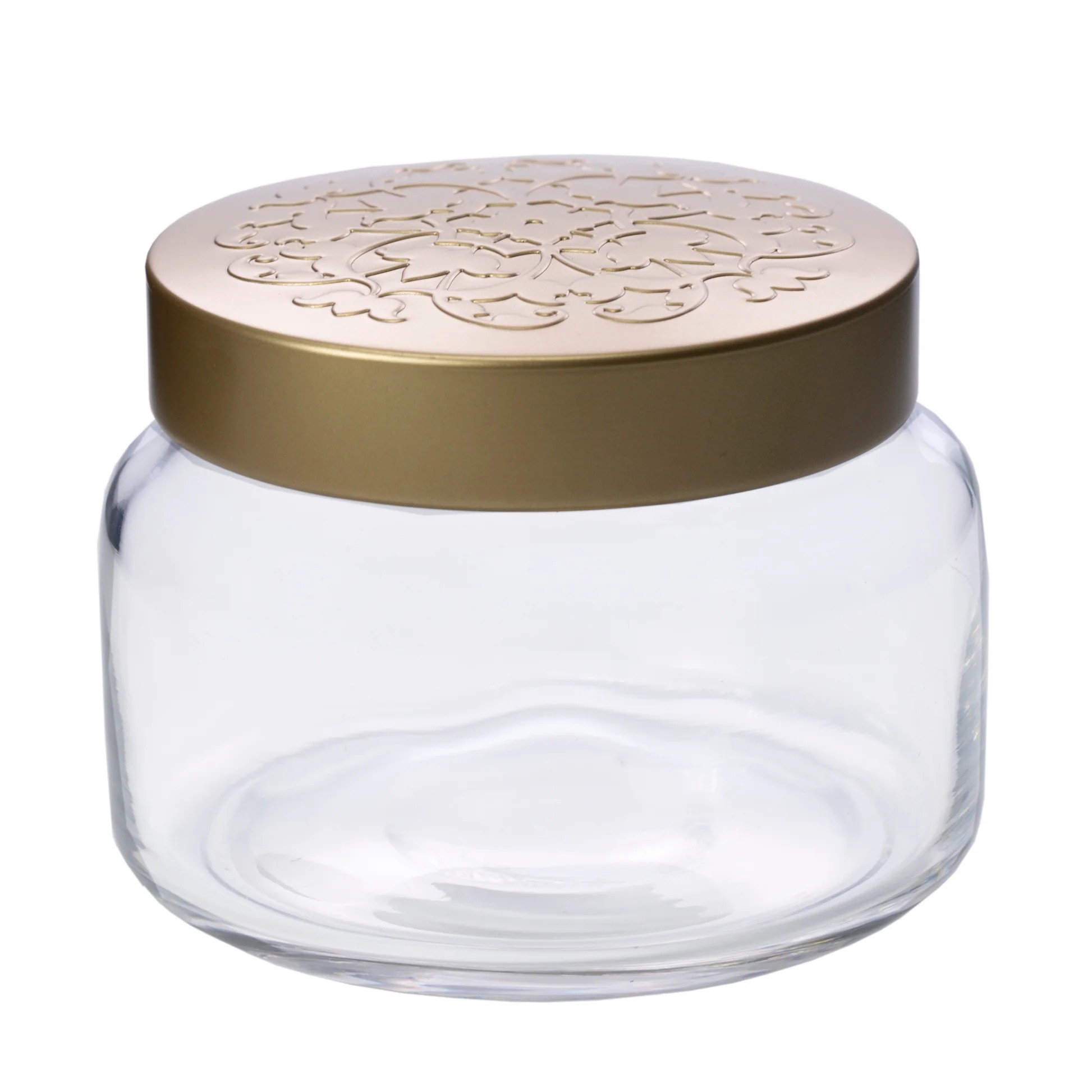

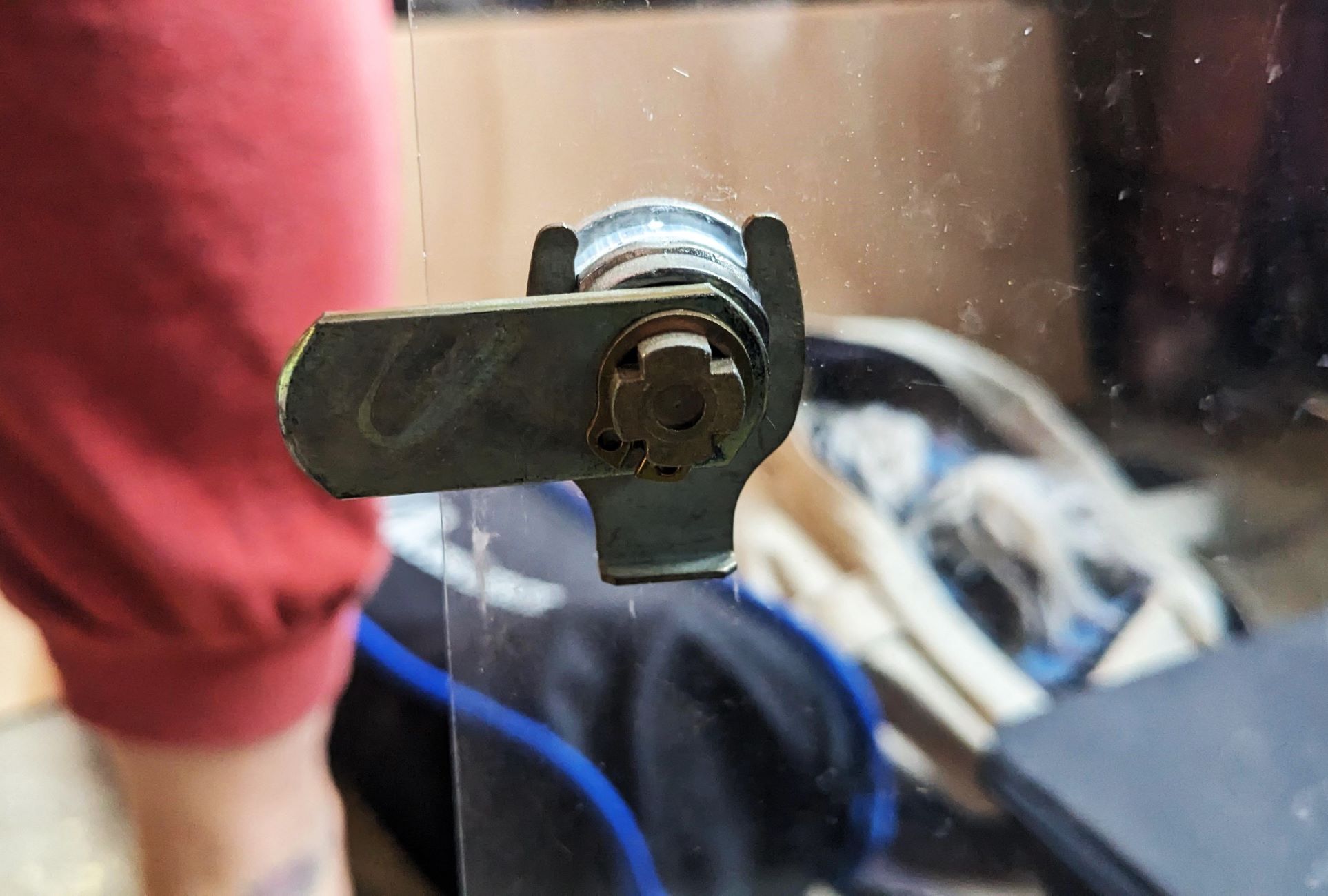
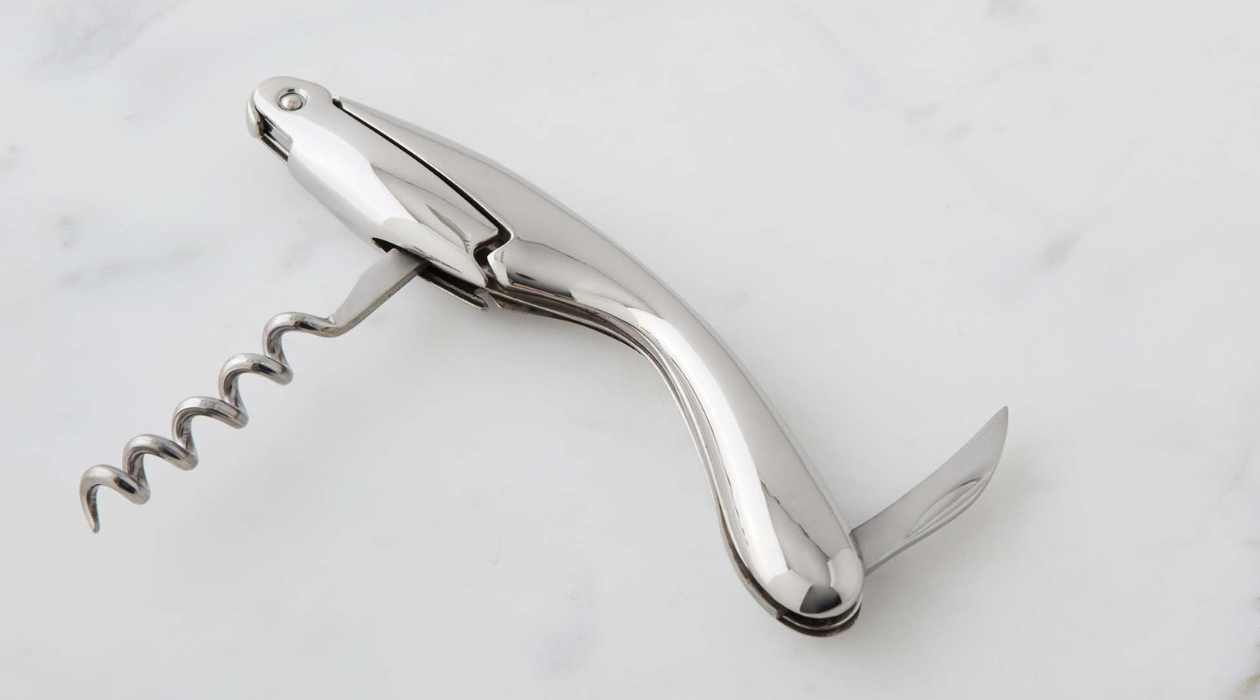
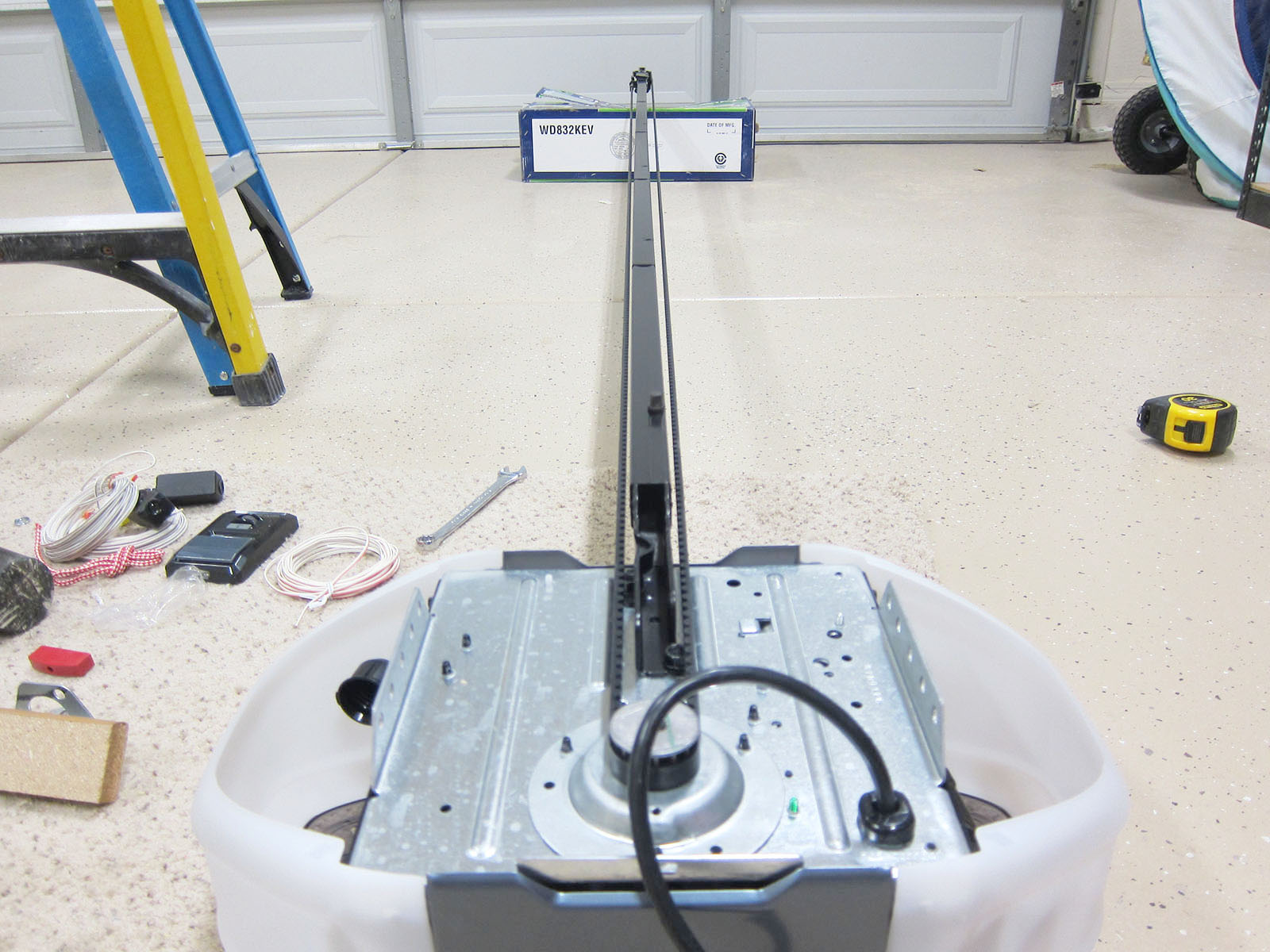

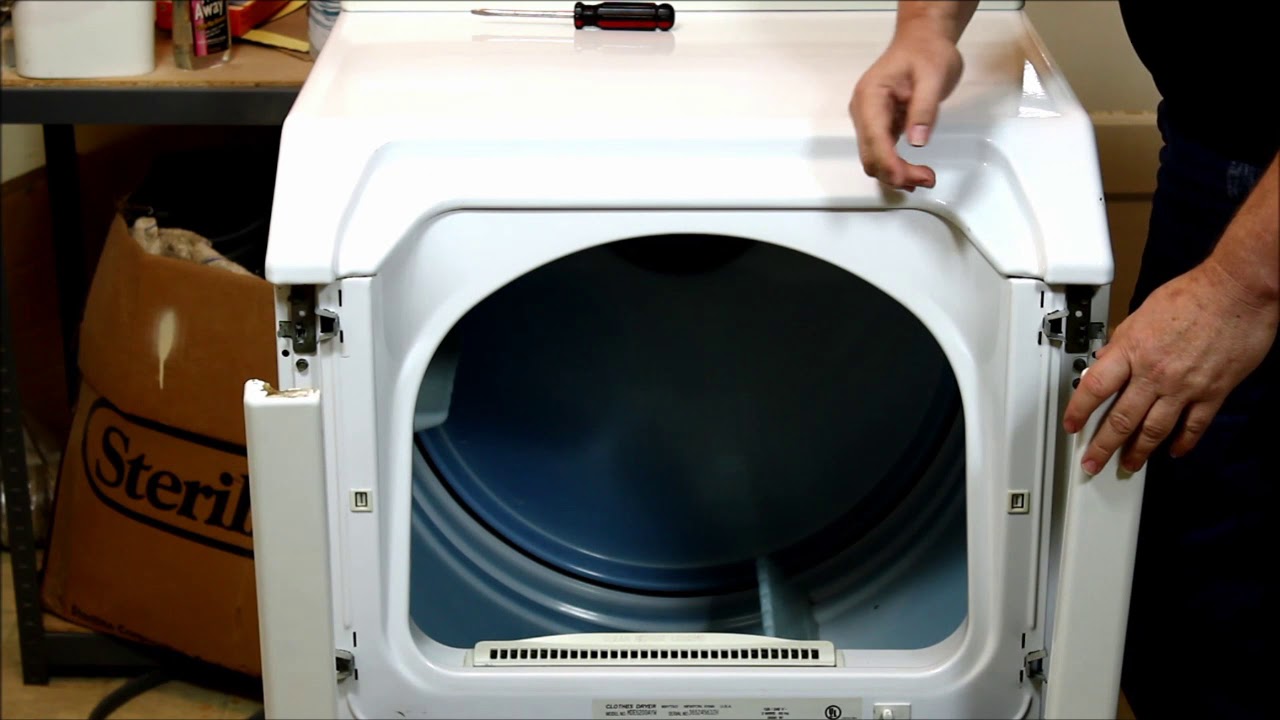


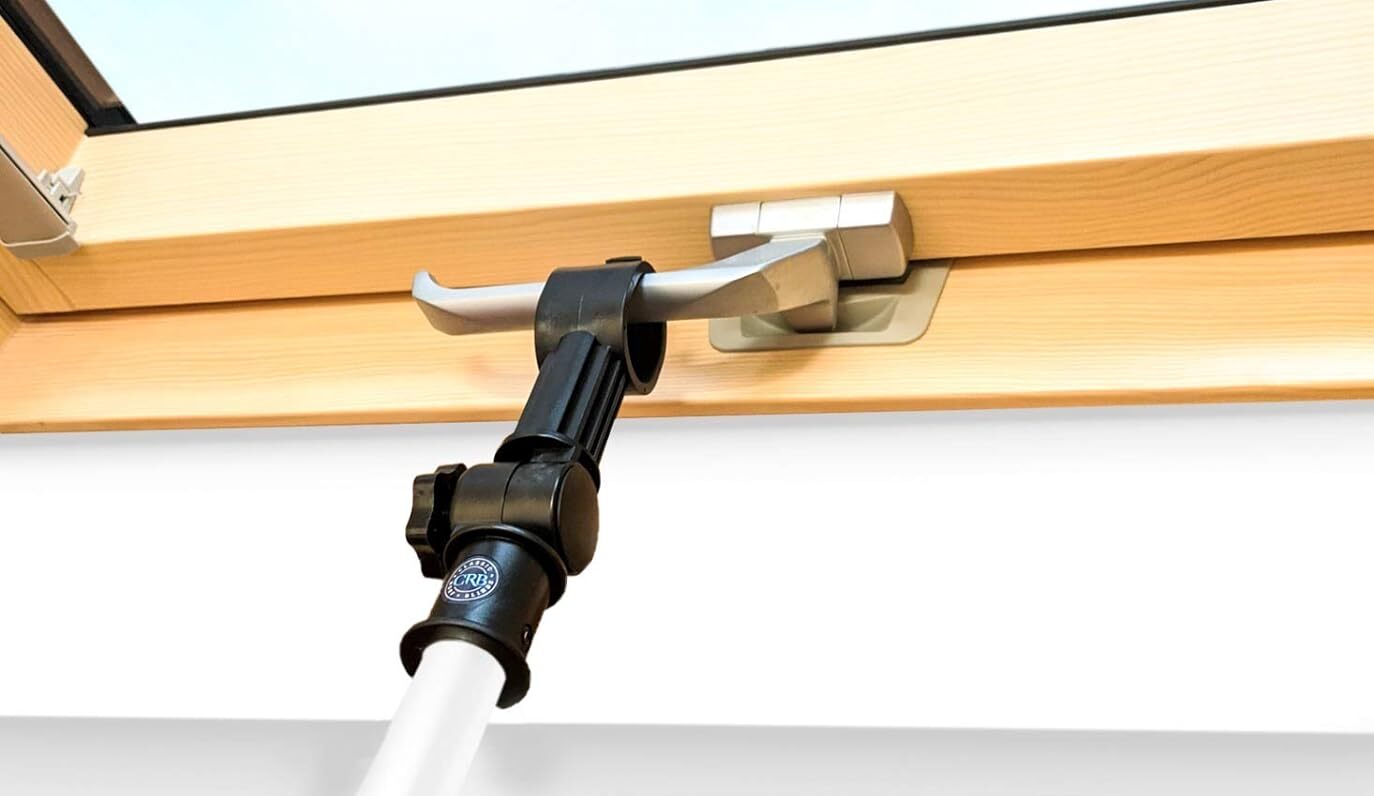
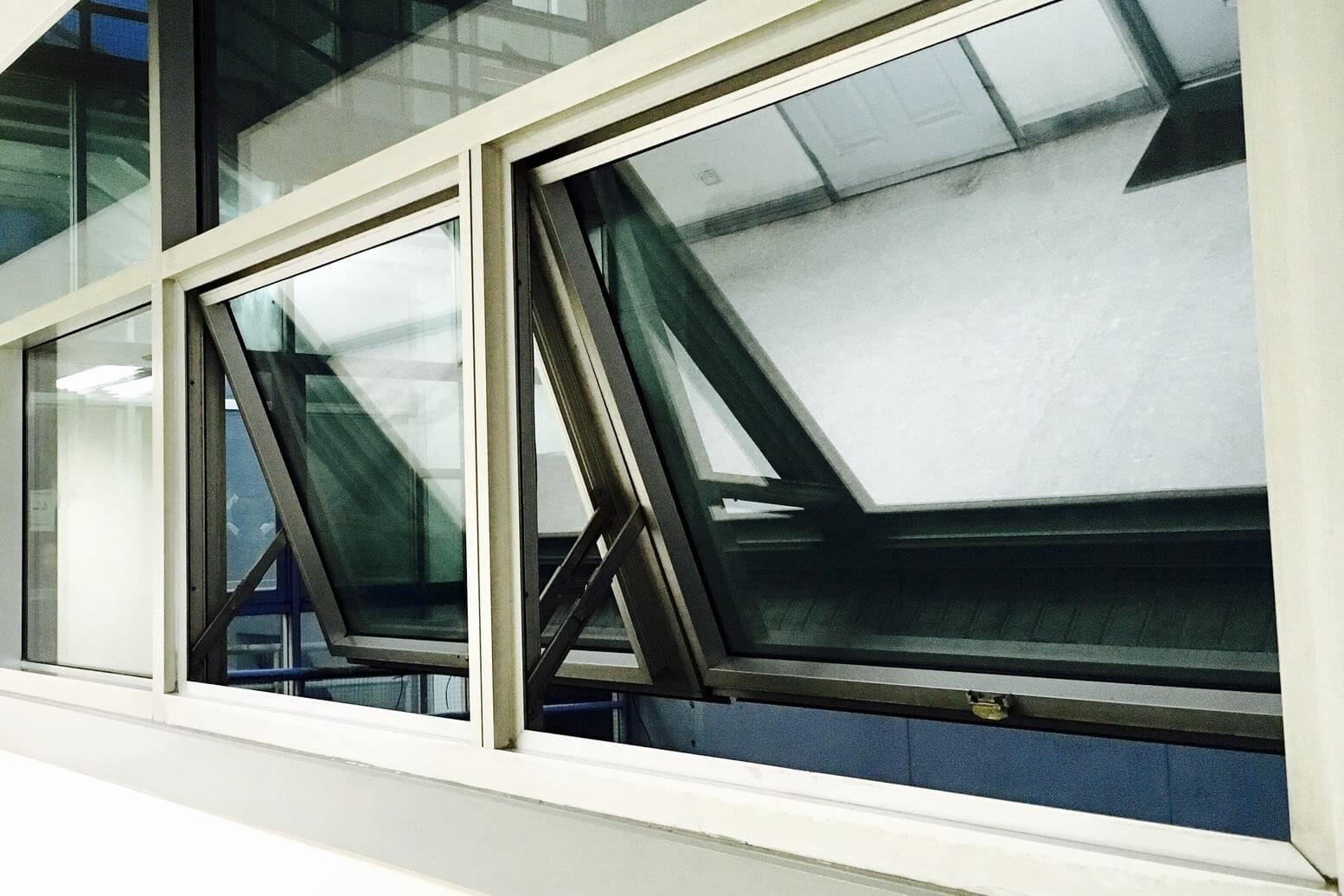

0 thoughts on “How To Open Glass Vials”